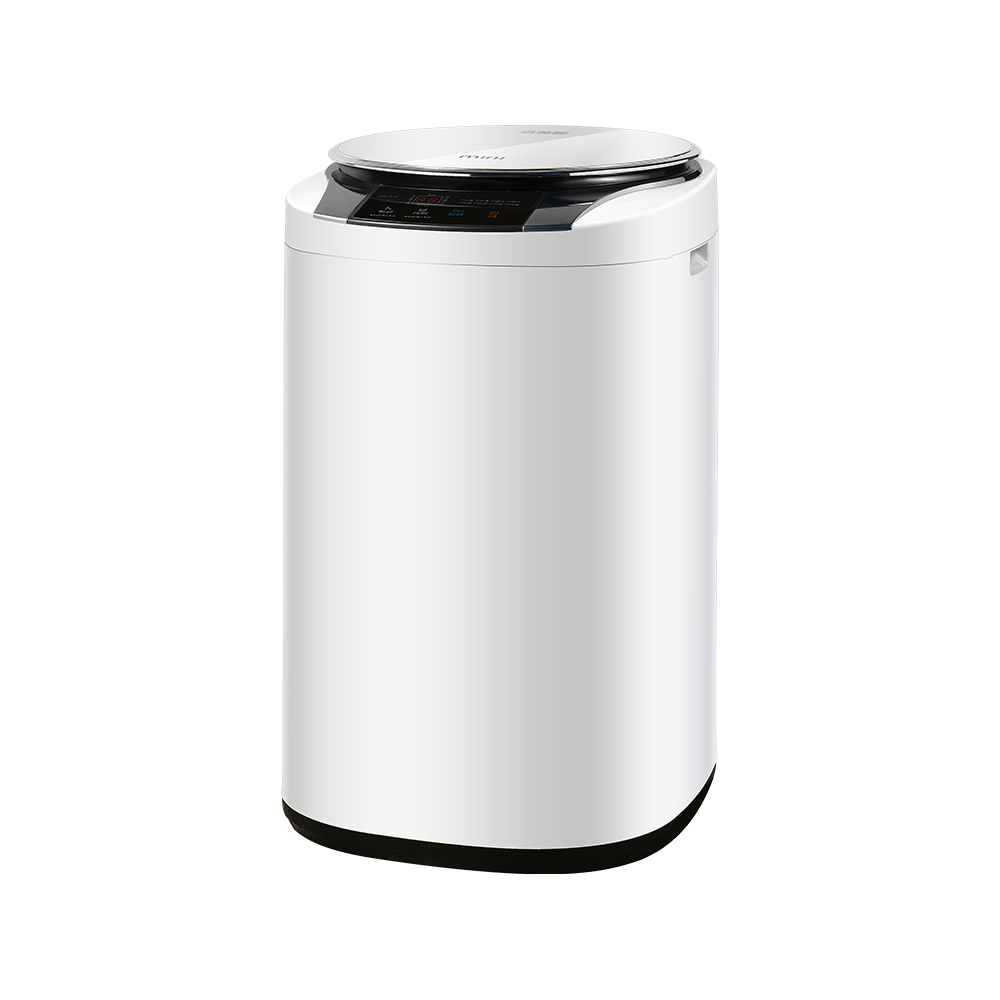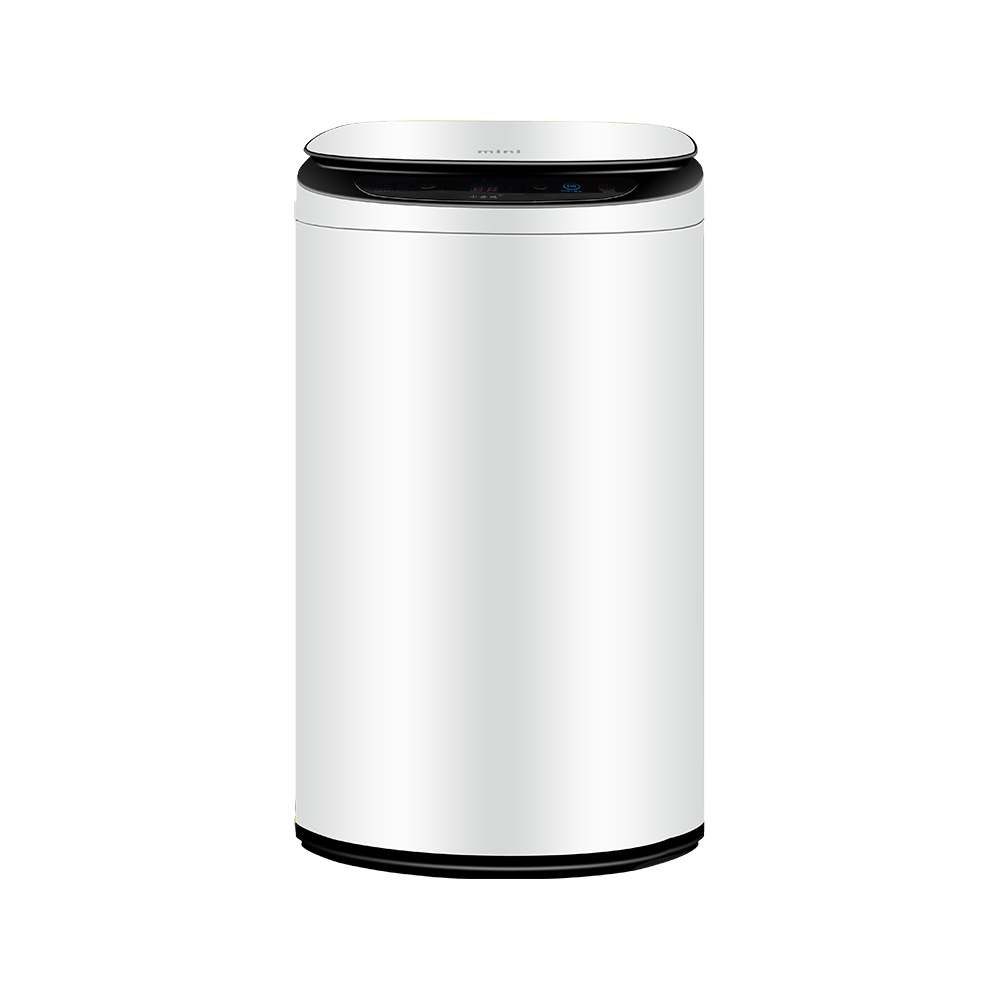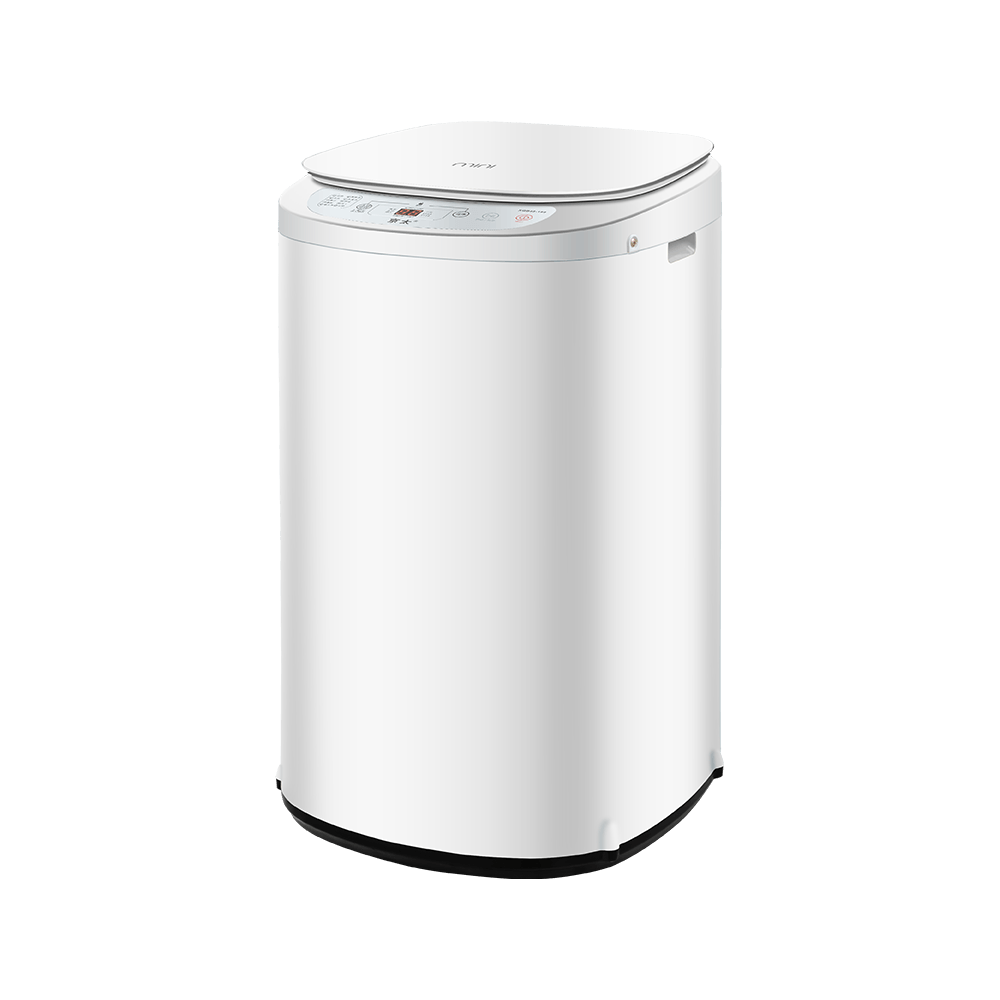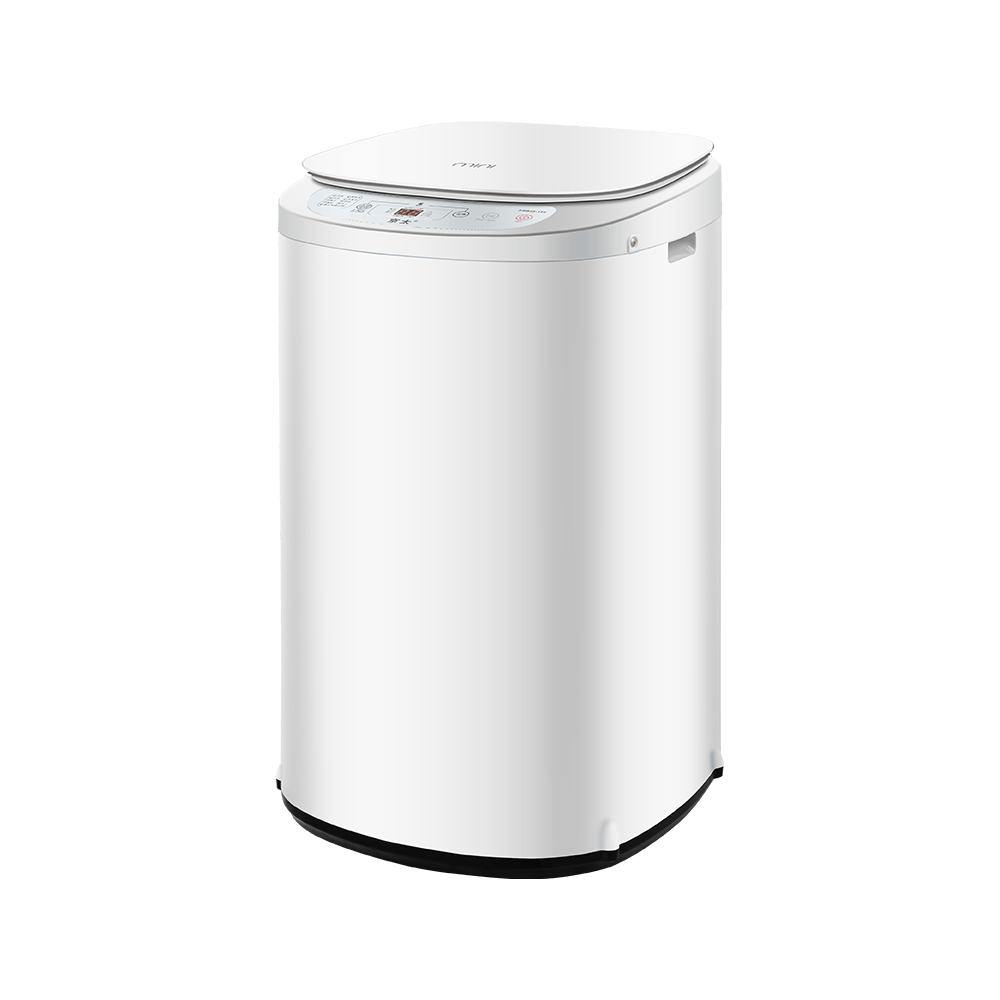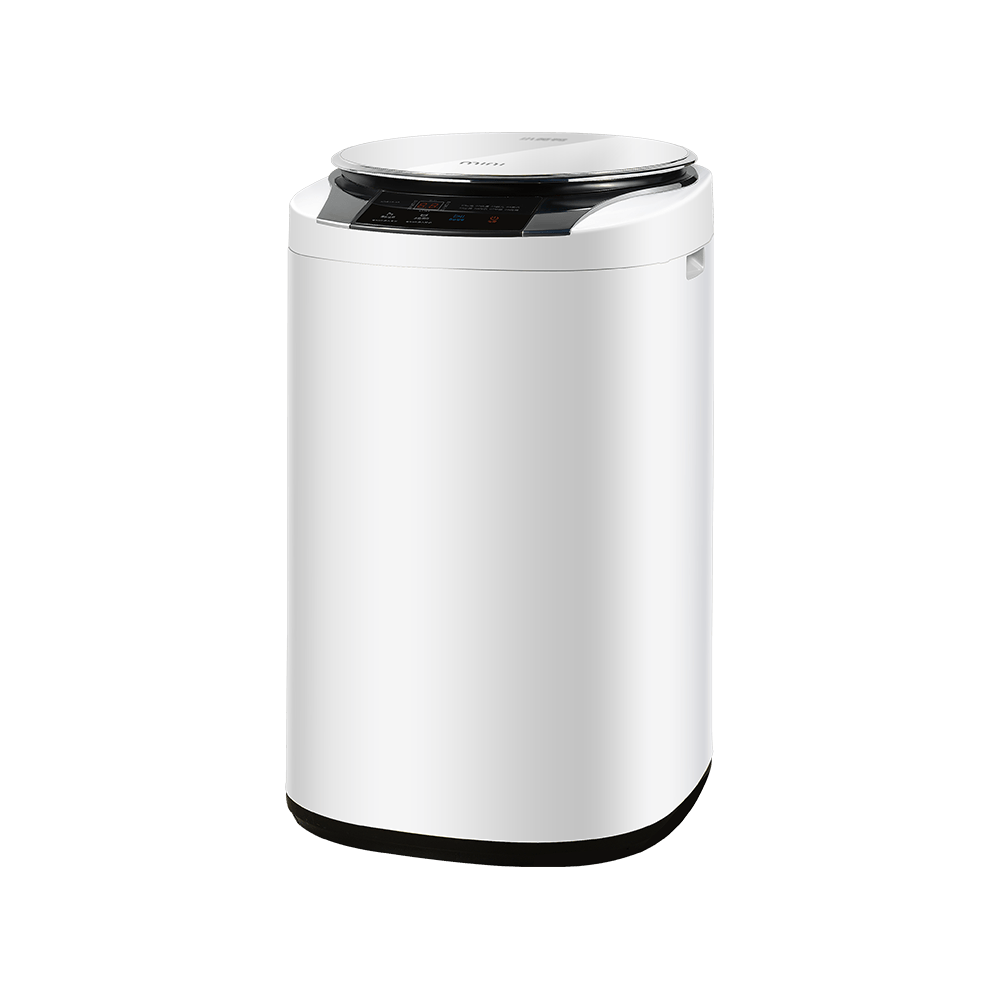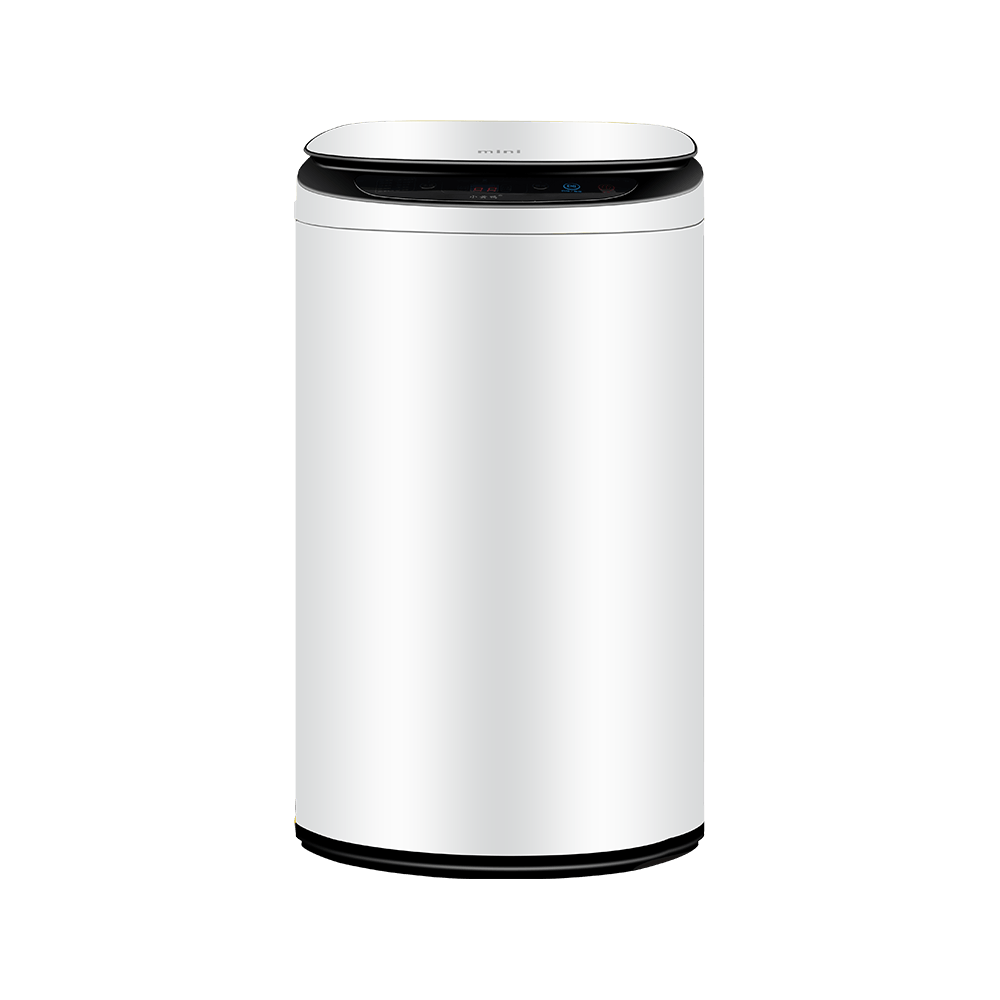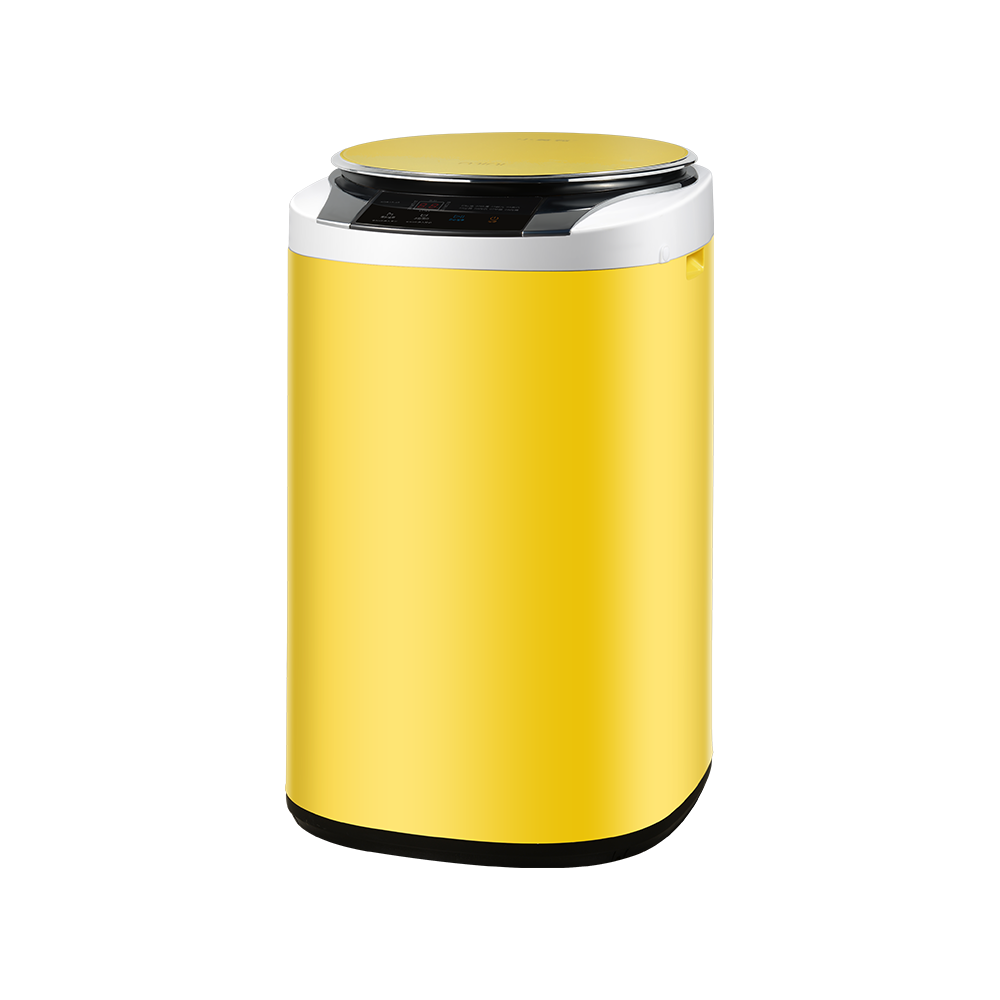Overview of the Fully Automatic High-Temperature Baby Washing Machine
A fully automatic high-temperature baby washing machine is a specialized appliance designed to clean baby clothes, towels, and other fabric items with enhanced hygiene. Unlike regular washing machines, this type of device operates with higher temperature settings to ensure deep cleaning and disinfection. Its main goal is to remove milk stains, food residues, and other contaminants while protecting the delicate fibers of baby garments. Many models incorporate additional features such as drying or sterilizing functions to improve efficiency and reduce manual handling. These functions are especially valuable for parents who prioritize convenience and cleanliness in infant care.
Core Features and Functional Principles
The operation of a fully automatic high-temperature baby washing machine is based on precise temperature control, gentle mechanical action, and intelligent programming. It uses sensors to regulate the water temperature, usually between 60°C and 95°C, which helps eliminate bacteria and allergens. The machine also features soft drum patterns that minimize friction to prevent fabric damage. An automated control panel allows users to select specific modes such as wash-only, wash-and-dry, or sterilize-and-dry. Some advanced units even include UV-C sterilization or steam cleaning functions for enhanced hygiene. These combined technologies make it possible to achieve effective cleaning without harsh chemical detergents.
Drying Function: Concept and Mechanism
The drying function in a high-temperature baby washing machine serves to remove moisture from clothes after the washing cycle. This feature relies on a combination of heated air circulation and centrifugal force. During the drying process, warm air is circulated through the drum, allowing moisture to evaporate gradually. The temperature is carefully controlled to prevent overheating or shrinking delicate fabrics such as cotton or bamboo fiber. The process duration depends on load size and moisture level, typically ranging from 30 to 90 minutes. Some models allow users to choose between partial drying and full drying modes to meet various needs.
Sterilizing and Drying Function: Dual Benefits
In addition to drying, some fully automatic high-temperature baby washing machines incorporate sterilizing and drying functions in one cycle. This combination ensures that the cleaned clothes are not only dry but also free from microorganisms such as bacteria and fungi. The sterilization process may involve high-temperature steam or ultraviolet (UV-C) light. Steam sterilization exposes clothes to heat above 70°C, which disrupts microbial cell structures. UV sterilization, on the other hand, works by damaging the DNA of microorganisms, preventing them from reproducing. Both methods provide additional hygiene assurance, particularly useful for baby garments that are in direct contact with sensitive skin.
Comparison Between Drying and Sterilizing-Drying Models
Fully automatic baby washing machines can differ in terms of available functions. Some models focus solely on washing and drying, while others combine sterilization into the cycle. The table below summarizes their functional distinctions in terms of technology, convenience, and suitability for different needs.
| Feature |
Washing + Drying Model |
Washing + Sterilizing & Drying Model |
| Drying Method |
Hot air circulation |
Steam or UV-assisted drying |
| Sterilization Process |
None |
Steam or UV sterilization |
| Energy Consumption |
Lower |
Moderate to higher |
| Hygiene Level |
High |
Very high due to sterilization |
| Recommended Use |
Everyday baby laundry |
Baby items requiring disinfection |
Importance of the Drying Function in Baby Care
For parents, the drying function significantly reduces the time and effort required for handling baby laundry. Instead of transferring wet clothes to a separate dryer, the integrated drying system completes the process automatically. This is particularly beneficial in humid climates or during the rainy season, where air drying may not be efficient. Furthermore, machine drying reduces exposure to airborne dust or allergens, ensuring that baby clothes remain clean after washing. The controlled temperature and airflow also help maintain the softness of fabrics, which is important for babies’ comfort and skin health.
Role of Sterilization in Infant Hygiene
Sterilization plays a vital role in maintaining a hygienic environment for babies, especially in their early months when their immune systems are still developing. Items such as bibs, towels, and cloth diapers can easily accumulate bacteria if not properly sanitized. The sterilization function in modern baby washing machines offers a reliable way to eliminate such microorganisms without using chemical disinfectants. Steam sterilization is commonly favored because it penetrates fabric fibers effectively, reaching areas that may be difficult to clean otherwise. UV sterilization provides a chemical-free alternative that is also energy-efficient, ensuring a hygienic outcome without compromising material integrity.
High-Temperature Settings and Their Effect on Fabric
The high-temperature function in these machines ensures a deeper level of cleanliness by removing oil residues, proteins, and bacterial contaminants. However, not all fabrics can withstand elevated heat levels. To address this, most machines include programmable settings that allow users to select appropriate temperature ranges for different fabric types. For instance, cotton and linen can tolerate higher temperatures, whereas bamboo fiber and synthetic fabrics require gentler cycles. The machine’s sensors adjust water and air temperature automatically to prevent overheating, preserving both the color and texture of baby garments.
Safety Features and Design Considerations
Safety is a key consideration in the design of a fully automatic high-temperature baby washing machine. These appliances typically feature child lock functions, temperature sensors, and automatic shut-off mechanisms. The exterior remains cool to the touch even during high-temperature operations, minimizing the risk of burns. Additionally, the internal drum is designed to rotate smoothly, reducing fabric wear. The sealing structure prevents steam leakage during sterilization, while air vents are equipped with filters to block lint and dust. Such safety features ensure that the machine operates reliably under continuous use, providing peace of mind for parents.
Maintenance and Cleaning of the Machine
To maintain performance, regular cleaning of the washing machine itself is necessary. High-temperature cycles can leave behind mineral residues or detergent buildup, which may affect efficiency over time. Many models include a self-cleaning program that uses hot water and steam to sanitize the drum. The lint filter should be cleaned after each drying cycle to maintain airflow efficiency. If the unit includes a UV light, users should periodically check and replace the bulb as recommended by the manufacturer. Proper maintenance ensures consistent drying and sterilization performance while extending the lifespan of the appliance.
Energy Efficiency and Operation Costs
Although sterilizing and drying functions enhance convenience, they can also affect energy consumption. Machines with combined functions tend to use more power due to the additional heat and airflow required. However, modern models employ energy-saving technologies such as inverter motors, heat pump systems, and intelligent moisture sensors to optimize performance. These features allow the machine to adjust drying duration and temperature based on load size and fabric type. This not only reduces energy use but also prevents unnecessary wear on garments. Users can compare models based on their energy ratings to find a balance between performance and cost.
| Function |
Energy Impact |
Maintenance Frequency |
Recommended Use |
| Washing Only |
Low |
Low |
Daily washing |
| Washing + Drying |
Moderate |
Medium |
General baby clothes |
| Washing + Sterilizing + Drying |
Higher |
High |
Sanitizing baby towels and diapers |
Differences Between Baby and Regular Washing Machines
Fully automatic high-temperature baby washing machines differ from regular models in terms of size, temperature control, and hygiene features. Baby-specific machines are usually smaller, accommodating lighter loads of delicate fabrics. They are equipped with sterilization and soft rinse programs not commonly found in standard washers. Additionally, the drum design is smoother, reducing friction on fine textiles. Regular washing machines, in contrast, are built for larger loads and general clothing types, often lacking the precise temperature and sterilization controls necessary for baby laundry. Therefore, using a dedicated baby washing machine helps maintain both hygiene and fabric condition.
User Convenience and Intelligent Controls
To enhance user experience, manufacturers integrate intelligent control panels and automated sensors into these machines. Functions such as “one-touch wash and dry” or “smart sterilization” simplify operation. Some models include Wi-Fi or app-based connectivity, allowing users to monitor and control cycles remotely. Moisture and temperature sensors automatically adjust cycle duration to prevent over-drying. Furthermore, the machine may alert users when maintenance, such as filter cleaning, is required. These intelligent features make daily laundry care more efficient and reduce the possibility of human error during operation.
Practical Considerations When Selecting a Model
When choosing a fully automatic high-temperature baby washing machine, it is important to consider several factors including available functions, energy efficiency, and capacity. Parents should evaluate whether they require both sterilizing and drying capabilities or only basic washing and drying. Space availability is another consideration, as machines with built-in dryers are generally larger. Reviewing product specifications such as temperature range, cycle duration, and fabric compatibility ensures that the chosen machine meets specific household needs. Maintenance requirements, warranty terms, and after-sales support should also be evaluated to ensure long-term reliability.


 English
English عربى
عربى